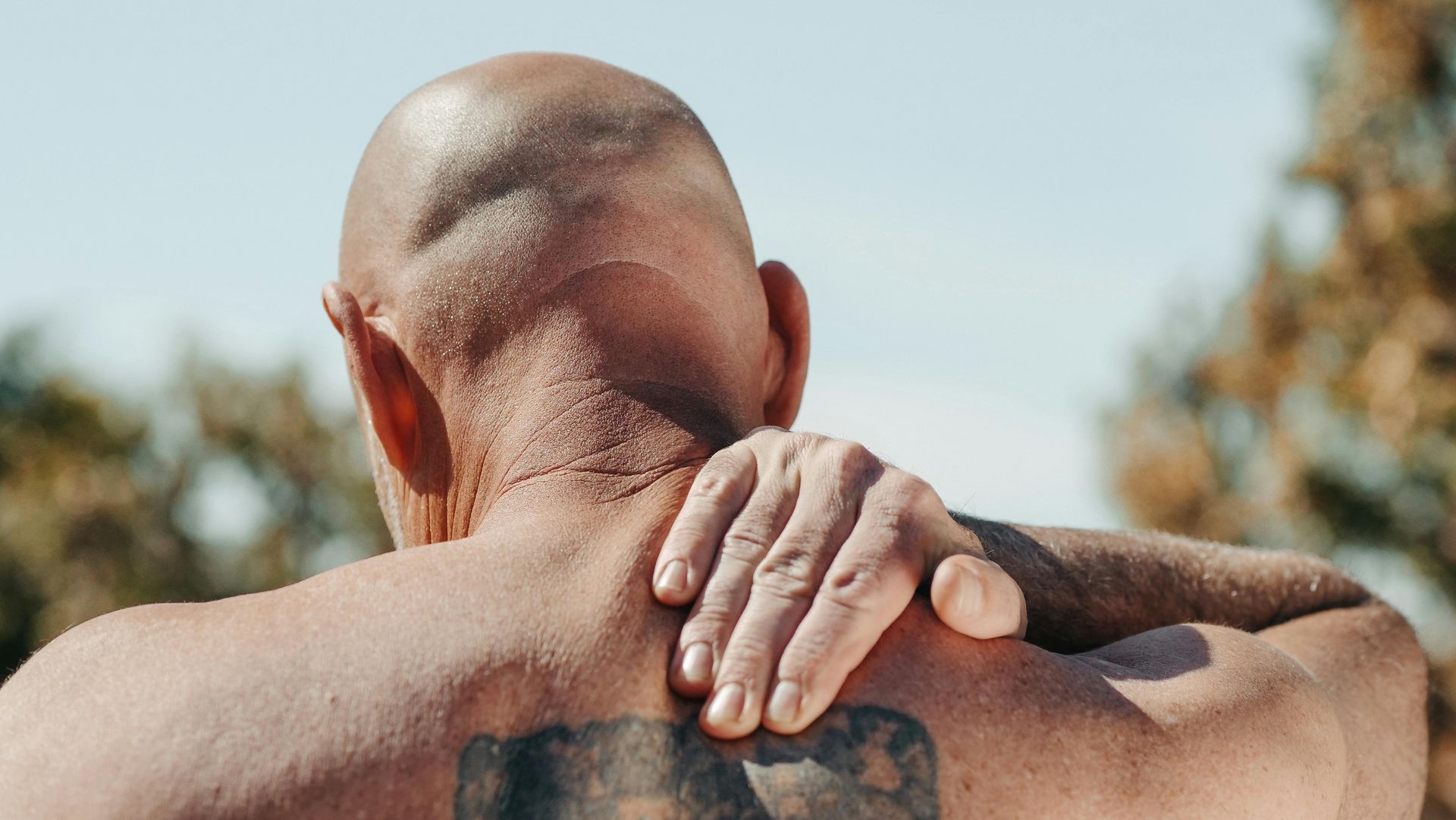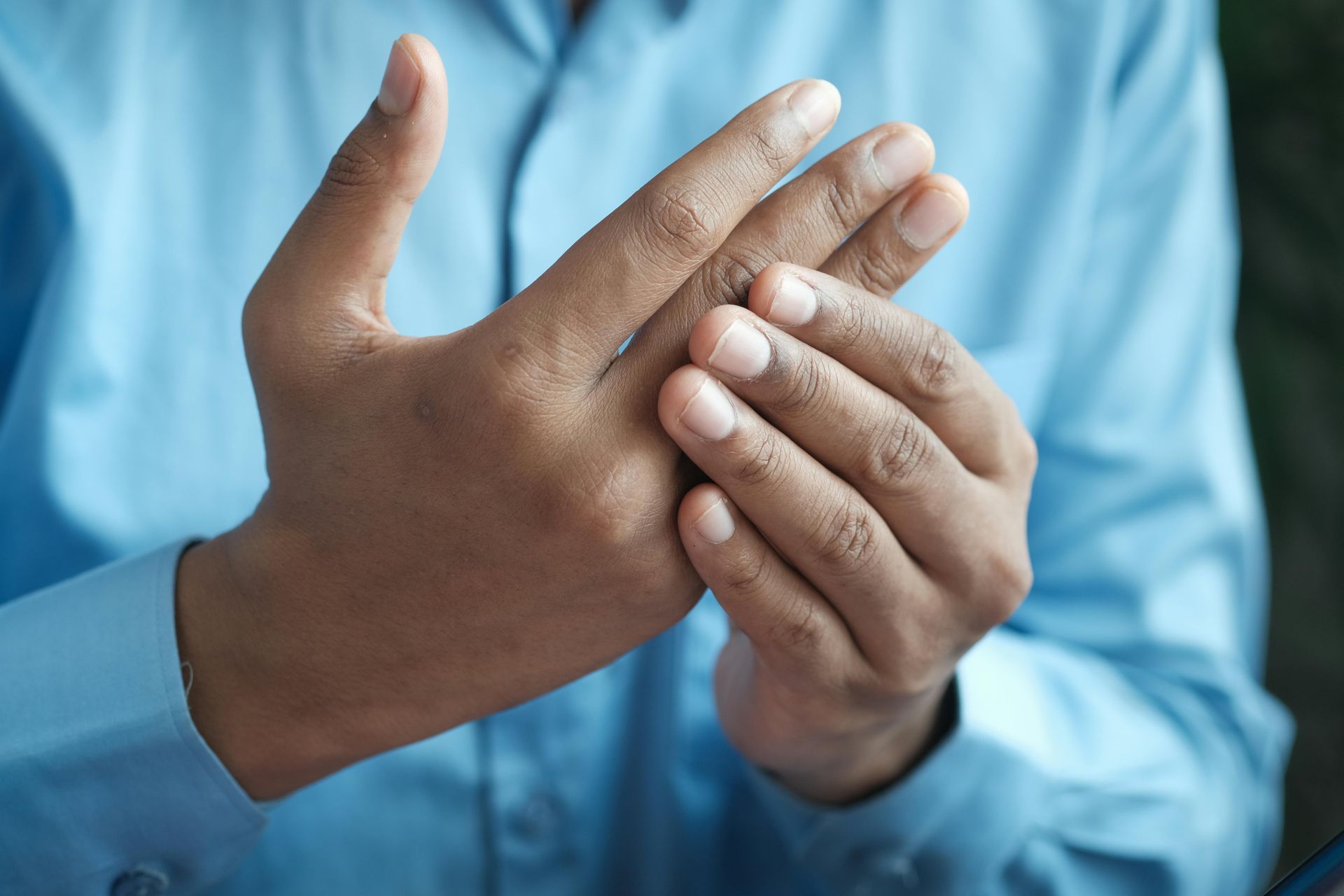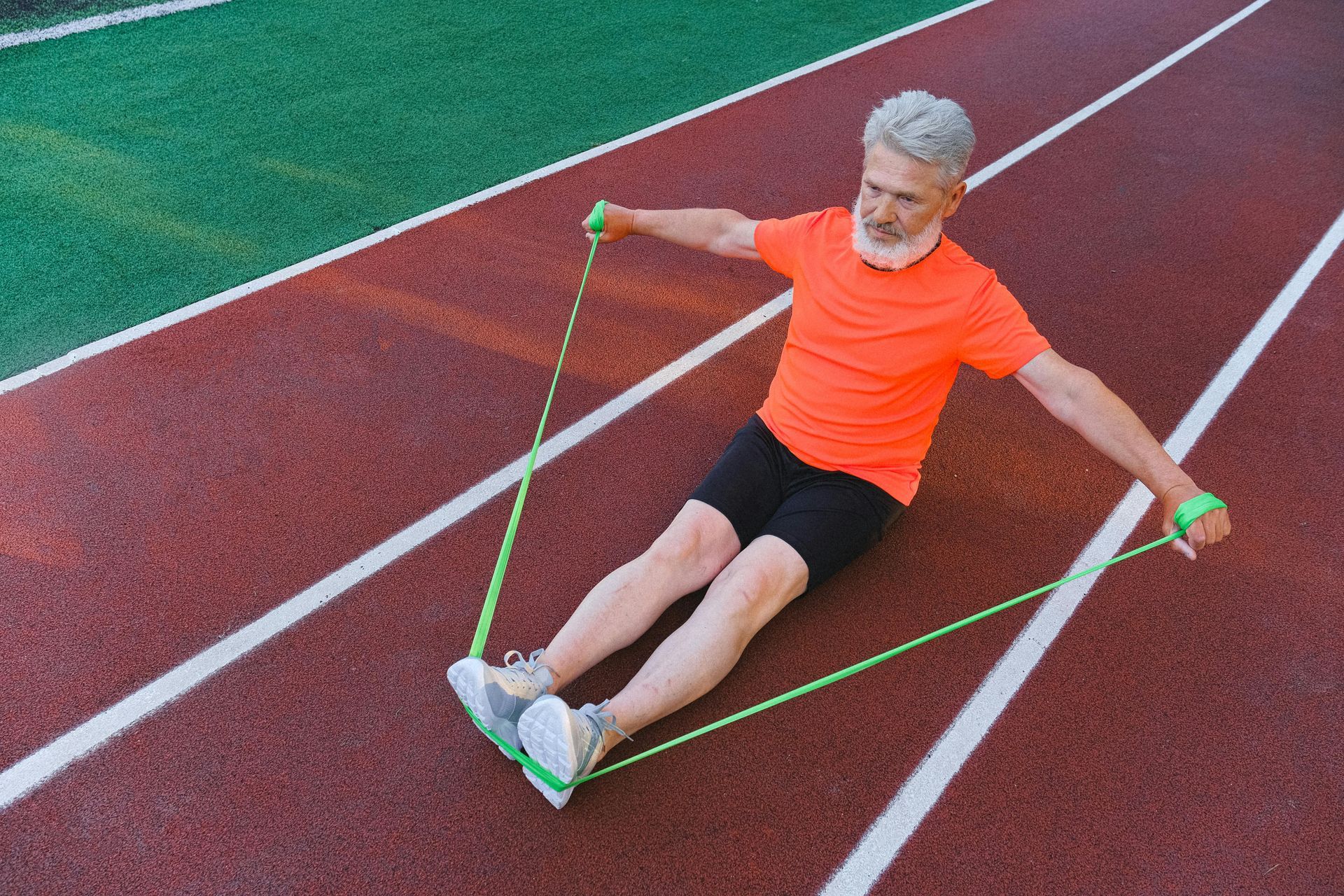Understanding Muscle Pain: The Victim and the Criminal

As I often explain during treatments at Good Health Group Clinic, the muscle or area experiencing pain is often the victim, while the actual cause, what we call the criminal, lies elsewhere.
The Victim-Criminal Concept Explained
Muscle pain is rarely isolated. Instead, it’s often the result of dysfunction in another part of the body. For example, if you’re experiencing
upper shoulder pain, it may feel like the issue is in your
upper trapezius or
neck. However, the true cause could be dysfunction in muscles like the
rhomboid or
lower trapezius.
This victim-criminal dynamic aligns with how the body functions as an interconnected system. Treating the victim muscle might provide temporary relief, but addressing the criminal ensures long-term improvement and prevents recurrence.
How the Body Chain Mechanism Fits In
The
body chain mechanism provides a broader perspective on muscle pain by viewing the body as a network of kinetic chains.
These chains, anterior, posterior, and lateral, connect muscles, joints, and connective tissues to maintain movement and stability.
When one link in the chain is weak, tight, or dysfunctional, it disrupts the balance of the entire chain.
This compensation often causes pain in other areas, turning one muscle into the victim and another into the criminal.
For example:
- Weak
glutes in the posterior chain can lead to overcompensation by the
lower back, causing pain.
- Tight hip flexors in the anterior chain can pull the pelvis forward, straining the hamstrings and lumbar spine.
Common Victim-Criminal and Body Chain Scenarios
Here are some examples I often encounter during treatments:
- Upper Shoulder Pain
- Victim: Upper trapezius, neck muscles.
- Criminal: Tight rhomboids, lower trapezius, or even pectoralis major.
- Body Chain Issue: Poor scapular control disrupts the posterior chain.
- Lower Back Pain
- Victim: Erector spinae, lumbar area.
- Criminal: Tight hip flexors, weak glutes, or tight hamstrings.
- Body Chain Issue: Anterior chain tightness pulls the pelvis into an anterior tilt, overloading the lower back.
- Knee Pain
- Victim: Knee joint, quadriceps, or IT band.
- Criminal: Tight calves, weak glutes, or improper hip alignment.
- Body Chain Issue: Dysfunction in the posterior chain affects knee stability.
Recent Scientific Evidence
- Referred Pain Mechanisms
A 2023 review in Frontiers in Neurology highlights how pain can be referred from deeper structures to surrounding areas. Dysfunction in muscles like the rhomboid or lower trapezius can cause referred pain in the upper back and shoulders.
- Frontiers in Neurology - Trigger Points and Referred Pain
Research in Pain Medicine identifies myofascial trigger points (MTrPs) as common causes of referred pain. These points often radiate pain patterns that confuse the source of discomfort.
- Pain Medicine - Body Chain Compensation Patterns
Studies in Medical Innovations Journal discuss how tightness or weakness in one muscle group affects the kinetic chain. This compensatory mechanism often leads to pain in distant areas.
- Medical Innovations Journal
Why Understanding This Matters
At
Good Health Group Clinic, I take the time to explain the victim-criminal dynamic and its relationship to the body chain mechanism during treatments. Recognising the source of your pain empowers you to address the root cause effectively, ensuring long-term relief and improved movement.
How We Address Pain Holistically?
Our treatments integrate these principles to provide comprehensive care:
- Thorough Assessments: Identifying weak links in the body chain that contribute to pain.
- Manual Therapy: Techniques like deep tissue massage (DTM), myofascial release (MFR), and trigger point therapy (TrP).
- Dry Needling: Targeting deep trigger points to release tension.
- Strengthening Exercises: Restoring strength and balance in weak areas of the chain.
- Postural Corrections: Improving alignment to restore optimal function.
Take Control of Your Pain with a Holistic Approach
Understanding the victim-criminal dynamic and the body chain mechanism is key to addressing pain effectively. At
Good Health Group Clinic, we go beyond simply treating the symptoms by uncovering and addressing the root causes of your discomfort.
By combining evidence-based techniques, personalised assessments, and targeted exercises, we help restore balance and function to your body, ensuring long-lasting relief and preventing future issues.
Don’t let pain hold you back, schedule an appointment today and experience the difference of a holistic, science-backed approach to pain relief and recovery.
If you’re experiencing persistent pain, let us help you uncover the true source and address it effectively.
Book your appointment today at
Good Health Group Clinic and take the first step toward lasting relief.
References
- Chaitow, L., & DeLany, J. W. (2008). Clinical Applications of Neuromuscular Techniques Volume 2: The Lower Body. Elsevier Health Sciences.
- Myers, T. W. (2020). Anatomy Trains: Myofascial Meridians for Manual and Movement Therapists. Elsevier.
- Travell, J. G., & Simons, D. G. (1999). Myofascial Pain and Dysfunction: The Trigger Point Manual. Williams & Wilkins.
Blogs














